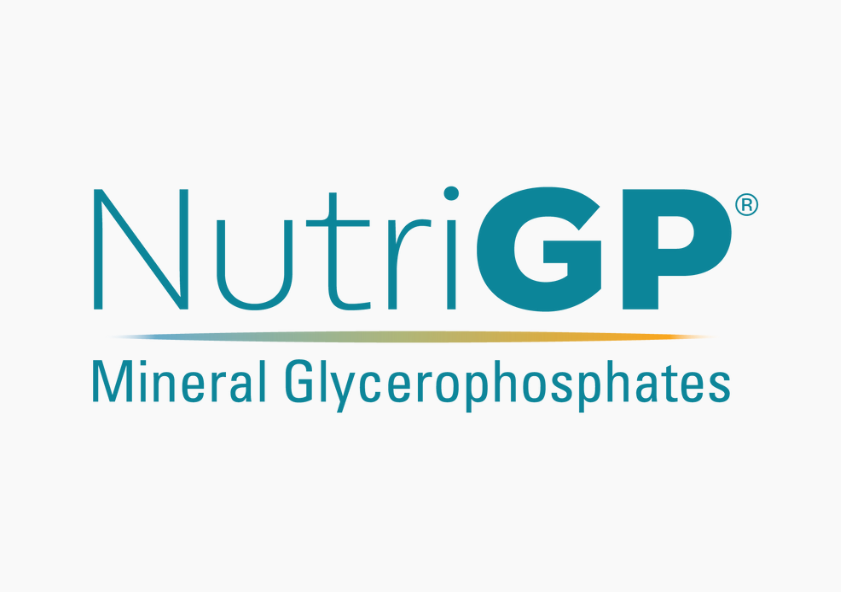What’s Happening in the Gut?
The short answer is – lots of things are happening in the gut! There is currently a large amount of ongoing research on the role that nutrition plays in the gut microbiome, and how the bacteria in the gut are working to signal other organs in the body. If you haven’t focused on this new research, or if you would like a summary and refresher, this short educational piece is for you.
Prebiotics, Probiotics, SCFAs and the Microbiome
Prebiotics are fibers or carbohydrates which feed the bacteria in the gut. The bacteria in the gut (the microbiome) include the endogenous bacteria – bacteria that already colonize and grow in the gut – and exogenous bacteria – probiotics that are provided to the gut through diet.
As we began to learn about probiotics, we the industry created probiotic formulas for consumers. Then we added prebiotics, which were provided to consumers either as a stand alone product or in combination with probiotics (these combinations are known as symbiotics). As the research further developed, we found that not just any combination works – researchers discovered that you need to match up the prebiotic and the probiotic. This helped explain why a percentage of people who consumed prebiotics and probiotics didn’t feel any effect – these people are the non-responders. It became obvious that formulating a combination product with favorite prebiotics and favorite probiotics was not the most effective approach.
What are the right combinations? This question is still being answered by ongoing research. There is currently research into specific molecules or portions of molecules that are more easily digested by probiotics. There is also research into how different prebiotics affects the gut microbiome and how various probiotics are able to colonize and grow in the gut.

Is that all? No, of course not! We know that probiotics and endogenous gut bacteria can produce short-chain fatty acids (SCFAs). There are three main SCFAs – acetate, propionate and butyrate. Butyrate has garnered the most interest, because it is taken up by the colonocytes and serves as an important signaling molecule. What’s more, over 90% of human cells have butyrate receptors. You may be familiar with the gut-brain axis – where what happens in the gut affects the cognitive performance of the brain. There are other gut-organ axes as well that are under intensive study. Various signaling molecules, particularly butyrate, impact these gut-organ connections.
Knowing this, we would like to see increased butyrate generation in the gut. There are a number of ways to do this. Researchers are finding certain endogenous bacteria living in the gut which can generate butyrate. If there are ways to preferentially feed these specific organisms with specific prebiotics, this could result in more efficient SCFA production. Additionally, many of the probiotics we consume in diet and in supplements will generate butyrate. So, we want to provide these specific probiotics in supplements, again coupled with specific prebiotics which can help them generate more butyrate. Finally, there are also clever means of generating more butyrate – this has been achieved by ButyraGen™, an innovative, direct butyrate generator.
ButyraGen™ generates butyrate directly in the gut, independent of the state of the microbiome. This means that nearly all people, regardless of their microbiome composition, can receive the multitude of butyrate benefits for whole body wellness. Ready to take the guesswork out of your digestive health formula? Find out more from NutriScience – your source of innovation.
_________________________________________________________________________________________________________________
For more information on ButyraGen™, please enter your contact information below.







